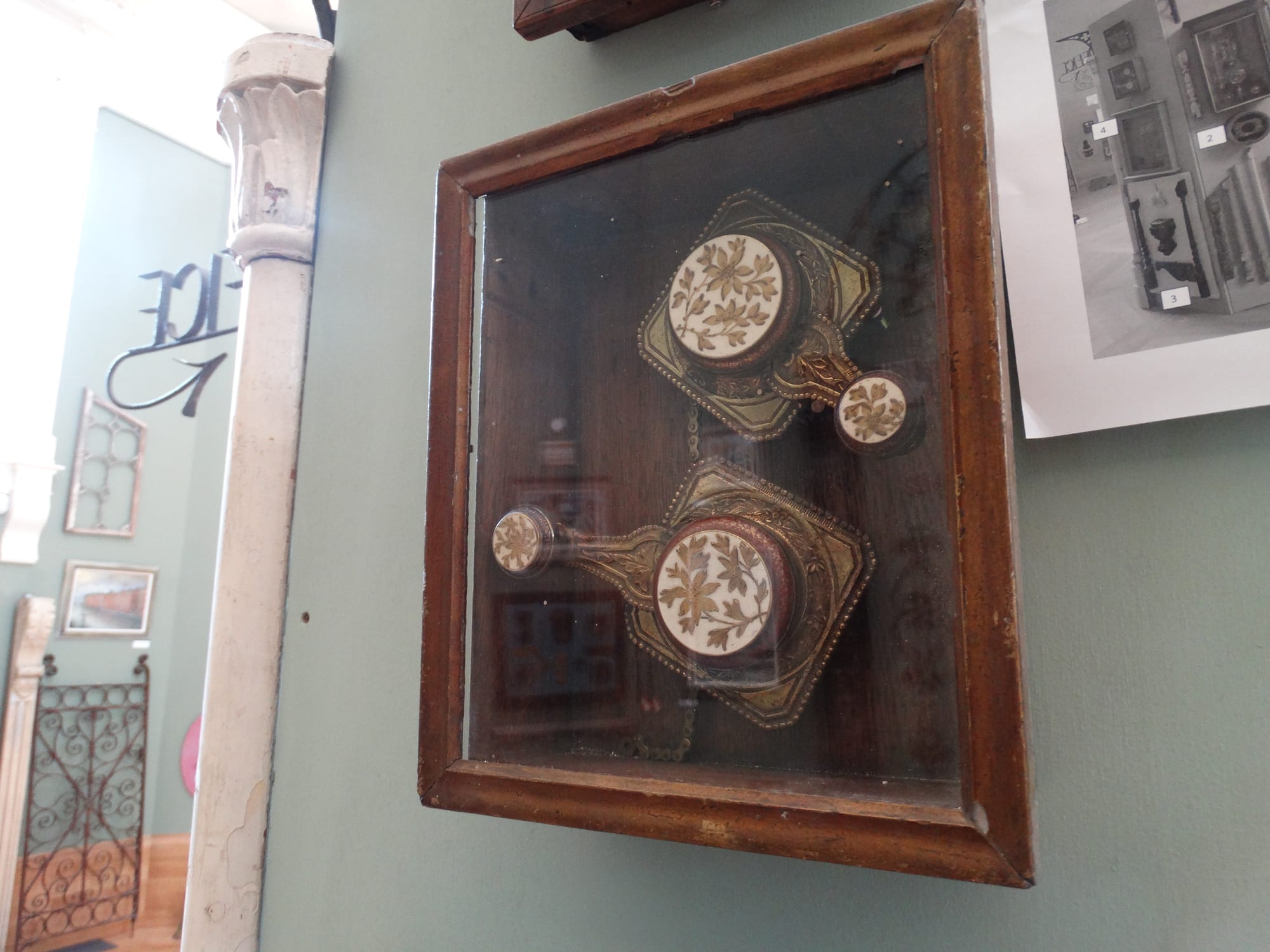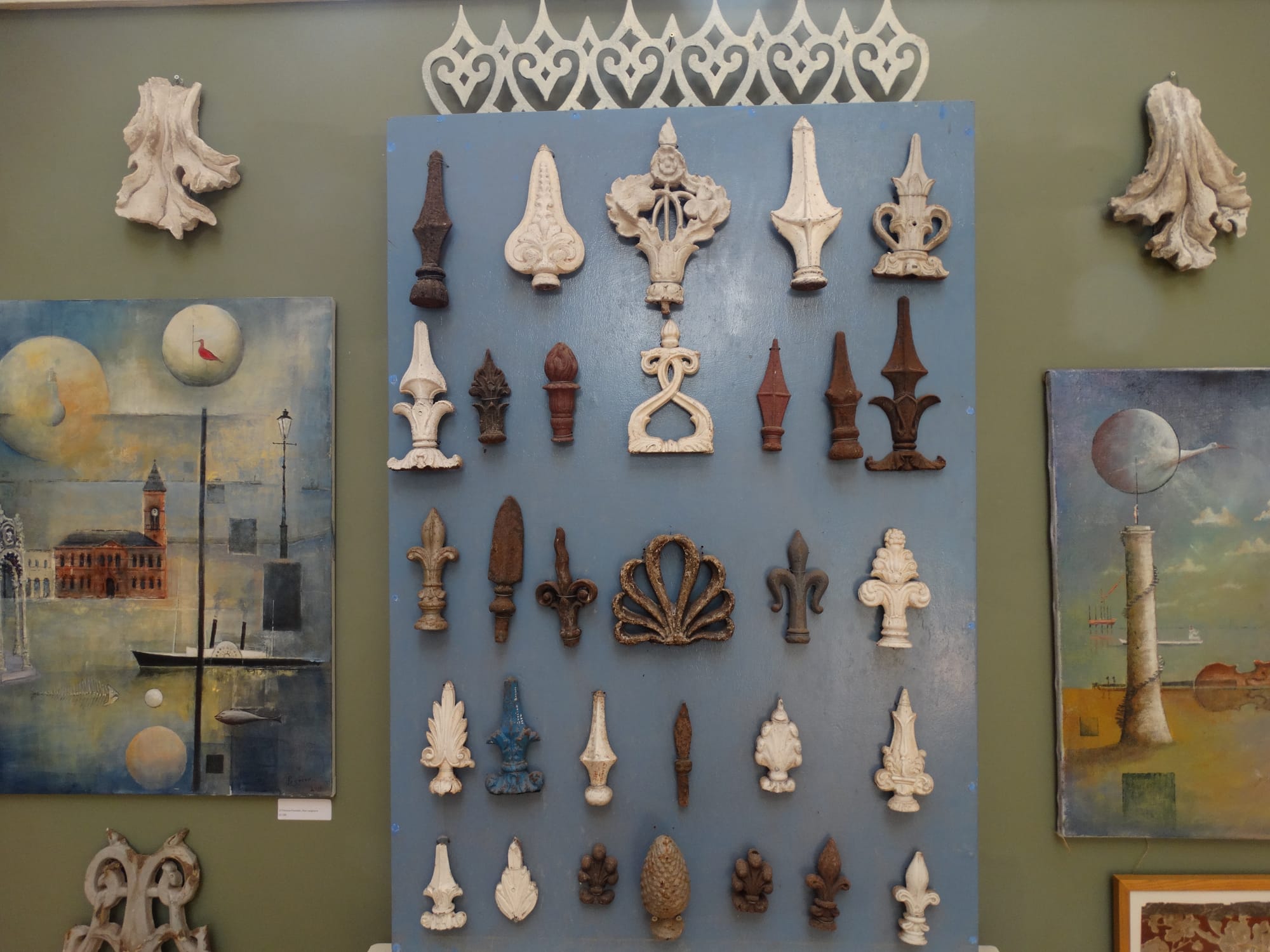What’s the best way to tell area residents about plans for a new asylum shelter nearby?
The government should tell communities directly about plans for new asylum shelters, some activists and politicians say.
To this day, Peter Pearson still stops to take a look when he sees a skip – in case something of value and heritage is about to be lost.

Peter Pearson was walking down Grafton Street 1990 when he noticed that Brown Thomas was being renovated.
The guard rails which lined the roof of the department store were being thrown out.
“There was a fella with a horse and cart and he had got a whole pile of these in the cart,” says Pearson.
Pearson gave the man with the horse £50 to deliver all of these balcony rails to his home.
This piece now hangs in the Dublin Fragments exhibition, which is on in the City Assembly House on South William Street until 22 March.
It’s one of many architectural pieces on show that have been salvaged by Pearson in Dublin since the 1970s. “It’s kind of a passion I suppose, or a disease maybe, whichever you want to call it,” he says.
In a way, the exhibition is a timely reminder of the importance of preserving heritage. “We are entering a new phase of demolition,” said Pearson, last Wednesday, stood on the second floor of the City Assembly House.
The exhibition is set in a spacious circular room with a high roof.
On a recent Wednesday morning, the sun shines into the expansive, circular high-roofed space, illuminating the bare wooden floors, and the architectural pieces that line the walls.
“I suppose one way of looking at it is, it’s archeology of the recent past,” says Pearson.
In one corner of the room sits the head of a statue, alone on a stand. Judging by the markings on the neck, it was once attached to a body.
“I got this head in the scrapyard,” says Pearson.
The head found its way to the yard after its original home in St Michael’s Church in Dún Laoghaire, burned down in 1965. At some point, the head and body had been separated, says Pearson.
“I asked the guy [in the scrapyard] would he sell it and he said, ‘Oh well, I’ll have to weigh it to see how much lead is in it’,” says Pearson.
“The exhibition is such an important collection of the craftsmanship that was invested into the buildings of Dublin primarily in the 18th and 19th century,” says Donough Cahill, executive director of the Irish Georgian Society.
Cahill says that the society has a long-term association with this collection, sponsoring a photographic record of the collection 20 years ago.
Among the exhibits, there are door handles, shop signs, and staircase banisters, too.
“Sometimes they don’t hit you straight away and then you realise, there is something there,” Pearson says.
Outside Dublin Castle, at one point, Pearson came across a piece of wood in a skip.
Two-foot long and it hangs on a stand in the middle of the exhibition room. The texture of the wood is splintered and worn, resembling a piece of old driftwood.
Only when he brought it home did he realise that it is, in fact, an old water pipe from Dublin Castle.
Close inspection reveals a hollowed-out centre for the water to flow. “It’s at least seventeenth century and maybe a little bit older,” says Pearson.
As Pearson walks around the exhibition, he’s able to tell a story for every object hanging on the wall or sitting on the floor.
One such piece, is an intricate ironwork suspended in a wooden box on the wall that he salvaged from the Custom House on the north bank of the Liffey, while it was being renovated in 1990.

“This is from a flagpole holder that was holding up a Union Jack for about 100 years,” says Pearson, of that ironwork.
Pearson says that he can’t remember when he started collecting.
I think that I have always been at it. In fact, there is a panel of wood that I collected out of the house that I was born in,” he says, pointing to one exhibit.
But his desire to save these objects run deep. “I suppose when you see something being destroyed or binned, number one it is a funeral because a lot of things are beautiful in their own right,” says Pearson.
Trying to stop a historical site from being demolished was his first priority, Pearson says.
“Very often you would be unsuccessful, so you would know it was going to be knocked anyway,” he says. “Then it was just a matter of turning up on the right day.”
What you were able to salvage was often down to luck on the day depending on who was working on the site, Pearson says.
Some objects would be tied to the back of a motorbike. Others, like a pair of twelve-foot pillars taken from a house in Merrion Square, required a van to carry them away.
There was no official appreciation for these recent cultural artefacts, says Cahill of the Irish Georgian Society, who believes that these objects are important pieces of history.
The exhibition also “reflects the role of campaigners of the time, like Peter Pearson in looking to salvage what was being lost”, says Cahill.

Pearson says that he sees a lot of these items as archeology of the recent past. “If they had been buried they would be archeology,” he says. “They never got a chance to be buried.”
Finding a permanent home for these pieces is the long-term goal, Pearson says.
In the meantime, his days of collecting and salvaging objects are far from over. “Well I accept it is harder to find anything,” he says.
He was looking at a skip just across the road from the exhibition the previous day, he says, seeing if there were any other pieces he could add to his ever-growing collection.